What type of aluminum is used for windows?
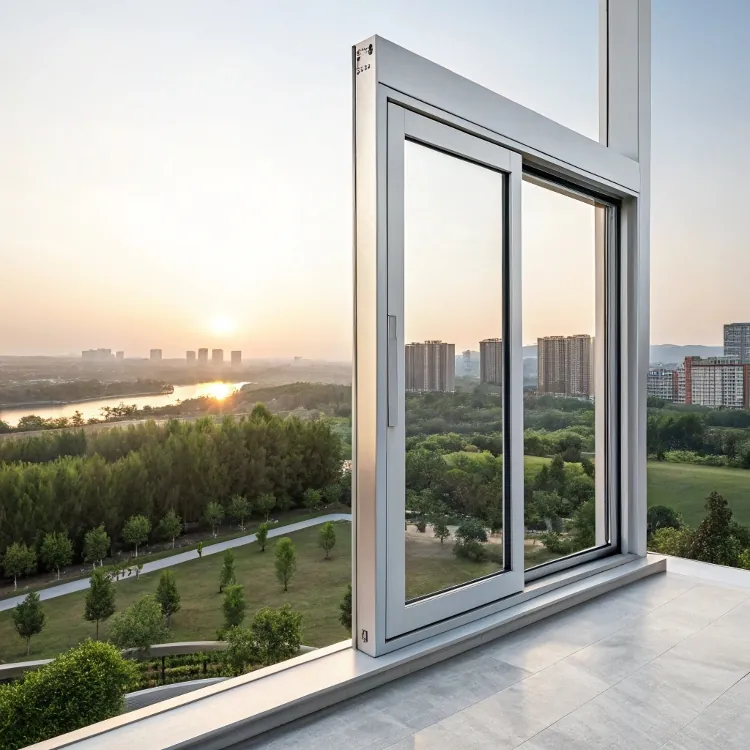
Windows are only as strong as the aluminum they are made from-so how do you choose the right one?
Most aluminum windows are made from 6063-T5 alloy, which offers a good balance of strength, corrosion resistance, and surface finish quality.
If you’re choosing aluminum profiles for window production, you need to understand how different alloys and tempers impact strength, cost, and appearance.
What is the best aluminium material for windows?
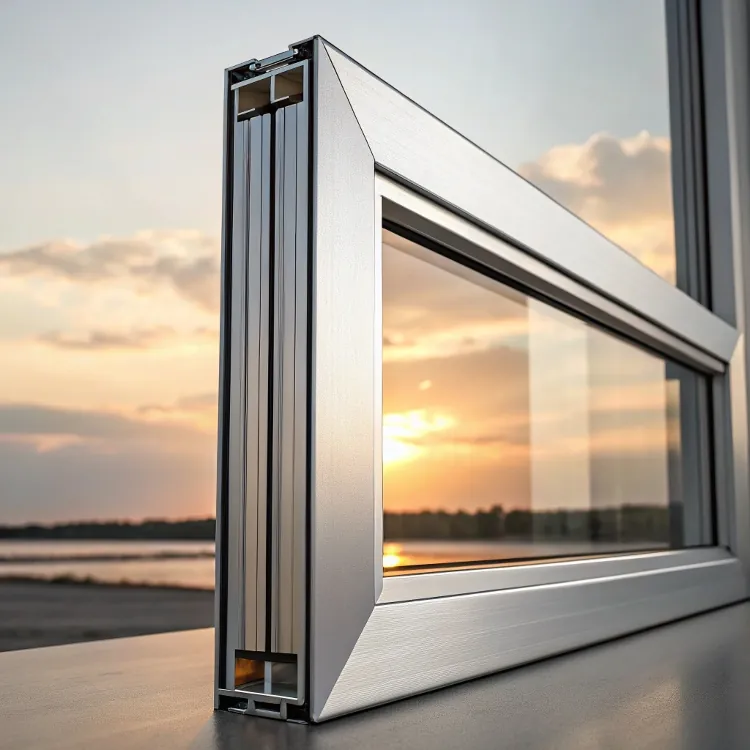
Most windows today use aluminum alloy 6063, especially the T5 temper version. Why? Because it’s strong enough, corrosion-resistant, easy to extrude, and looks good after surface treatments.
6063-T5 aluminum is the best material for windows due to its balance of strength, finish quality, and thermal performance.
While some clients ask about 6061, it’s overkill for residential or commercial windows. The extra strength comes with drawbacks: more difficult fabrication and higher cost. On the other hand, 6063 is tailored for architectural use, especially for anodizing and powder coating.
Why 6063-T5 over other alloys?
- Excellent extrudability: Shapes needed for windows can be produced with tight tolerances.
- Smooth surface finish: Great for visible parts.
- Anodizing compatibility: Uniform oxide layer for corrosion resistance.
- Good mechanical properties: Meets strength requirements for residential and light commercial use.
| Alloy | Strength (MPa) | Surface Finish | Corrosion Resistance | Price |
|---|---|---|---|---|
| 6063-T5 | ~150 | Excellent | Very Good | $$ |
| 6061-T6 | ~260 | Good | Good | $$$ |
| 6060 | ~140 | Excellent | Very Good | $$ |
6063-T5 also works better with thermal break systems1, which are common in energy-efficient window designs. In my factory, we almost exclusively use this alloy for building-grade profiles.
What are aluminium windows made of?
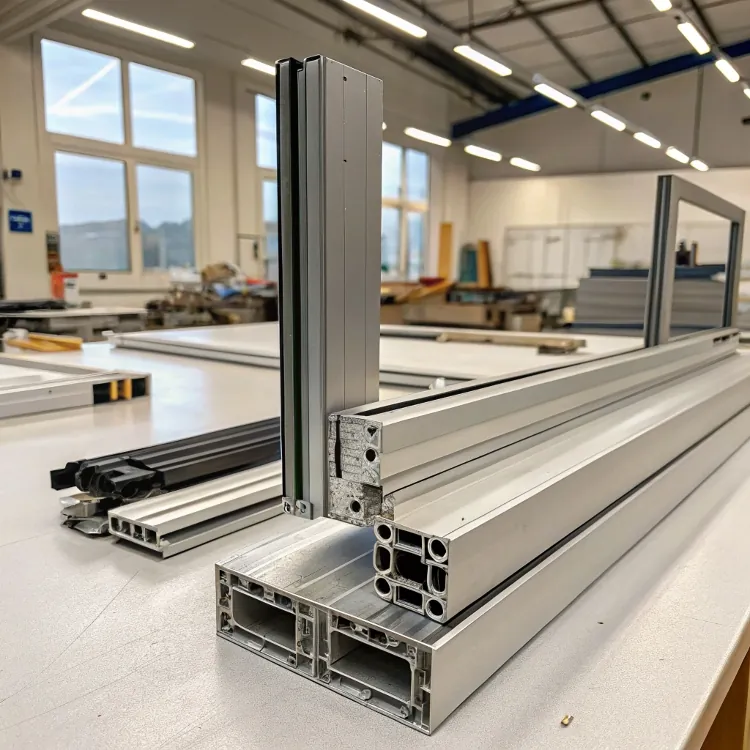
Aluminum windows aren’t just made of aluminum. They are a complete system-profile, insulation, seal, and coating all working together.
Aluminium windows are made of extruded aluminum profiles, often with thermal breaks, combined with seals, fasteners, and finishing treatments.
We start with raw aluminum billets, extrude them into specific cross-sections, and then apply surface treatments2 like anodizing or powder coating. After that, thermal break strips2 (often polyamide) are inserted. Gaskets and hardware complete the frame.
Components of a complete aluminium window system:
- Frame Profiles: Usually 6063-T5, cut and joined into frame and sash parts.
- Thermal Break: Typically nylon or polyamide strip separating inside and outside aluminum.
- Glass Bead & Glazing: To hold and seal insulated glass units.
- Gaskets & Seals: EPDM rubber or silicone, critical for air/water tightness.
- Surface Finishing: Anodized, powder coated, or wood-grain transfer.
By adjusting wall thickness, chamber design, and reinforcement placement, we can tweak performance for sound insulation, air/water tightness, or strength.
What type of aluminum is used for extrusions?
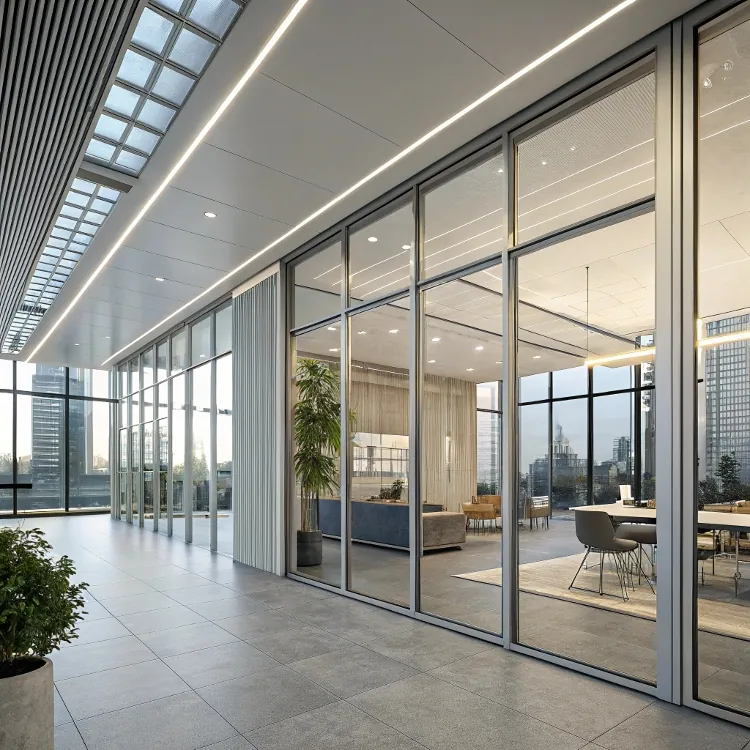
Extrusions turn aluminum into functional products-windows, doors, lighting channels, structural systems, and more. So the alloy must be easy to shape and work with.
6063 and 6061 aluminum alloys3 are most commonly used in extrusion; 6063 is best for architectural profiles, while 6061 is used for structural applications.
Extrudability is key. 6063 extrudes easily and forms precise, aesthetic shapes. 6061 is stronger, but it’s more challenging to extrude and finish. That’s why we recommend 6063 for anything where surface appearance and complexity matter-like windows.
Common Extrusion Alloys and Their Applications:
| Alloy | Use Case | Strength | Surface Quality | Machinability |
|---|---|---|---|---|
| 6063 | Windows, doors, curtain walls | Medium | High | Good |
| 6061 | Structural parts, machinery | High | Medium | Excellent |
| 6082 | Automotive, bridges | High | Low | Good |
| 6060 | Furniture, decorative items | Low | High | Good |
We also consider factors like thermal conductivity, corrosion resistance, and how well the profile accepts powder coating or anodizing. 6063 wins in most categories relevant to windows.
What is the aluminum around windows called?
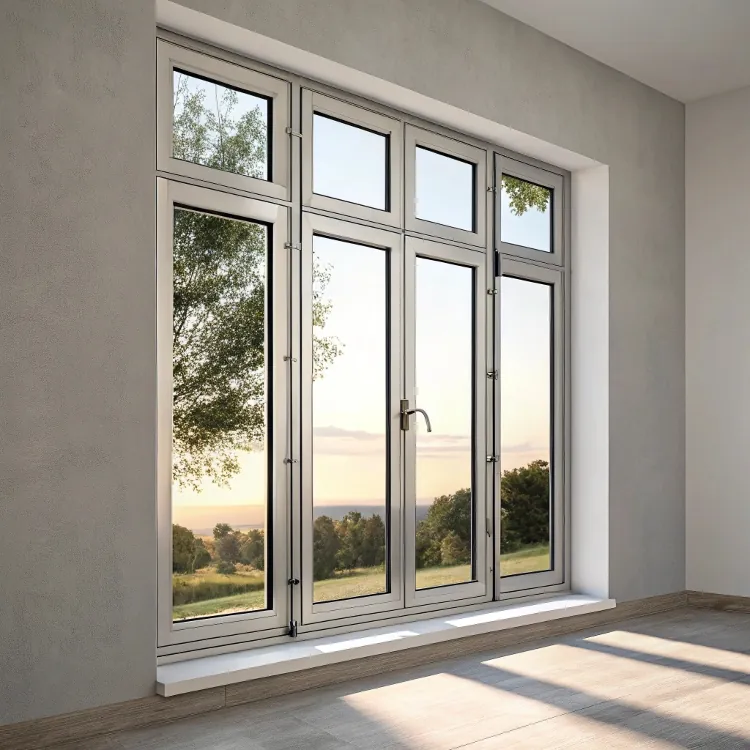
If you’re not in the industry, you might call everything "the frame." But there are technical terms that help us specify each part clearly.
The aluminum around windows is called the window frame, which includes components like sash, jamb, mullion4, and glazing bead.
Each part serves a unique role:
- Frame: The outermost part, fixed to the wall.
- Sash: The part that moves (slides or swings open).
- Jamb: Vertical side sections of the frame.
- Mullion: The vertical bar separating multiple windows.
- Glazing Bead: Strip that holds the glass in place.
Breakdown of Window Frame Components:
| Component | Function |
|---|---|
| Frame | Structural part holding window in wall |
| Sash | Holds the glass, opens/closes |
| Jamb | Supports sides of the frame |
| Mullion | Divides sections of glass |
| Glazing Bead | Secures glass panel inside sash5 |
Knowing these terms makes it easier to communicate with engineers, architects, and suppliers. It also helps when you’re customizing the profile-because we can adjust the thickness, chamber count, or reinforcement based on the component’s role.
Conclusion
6063-T5 is the standard alloy for most aluminium windows, offering the right mix of strength, finish, and cost for both residential and commercial applications.
-
Discover how thermal break systems enhance energy efficiency in windows, making them a smart choice for modern buildings. ↩
-
Learn about thermal break strips and their role in energy efficiency, helping to reduce heat transfer in windows. ↩ ↩
-
Learn about the strength and applications of 6061 aluminum alloys in structural engineering and machinery. ↩
-
Mullions play a key role in window aesthetics and structure. Discover more about their importance in window design. ↩
-
The sash is a crucial part of a window’s functionality. Learn more about its role and types to enhance your knowledge. ↩



